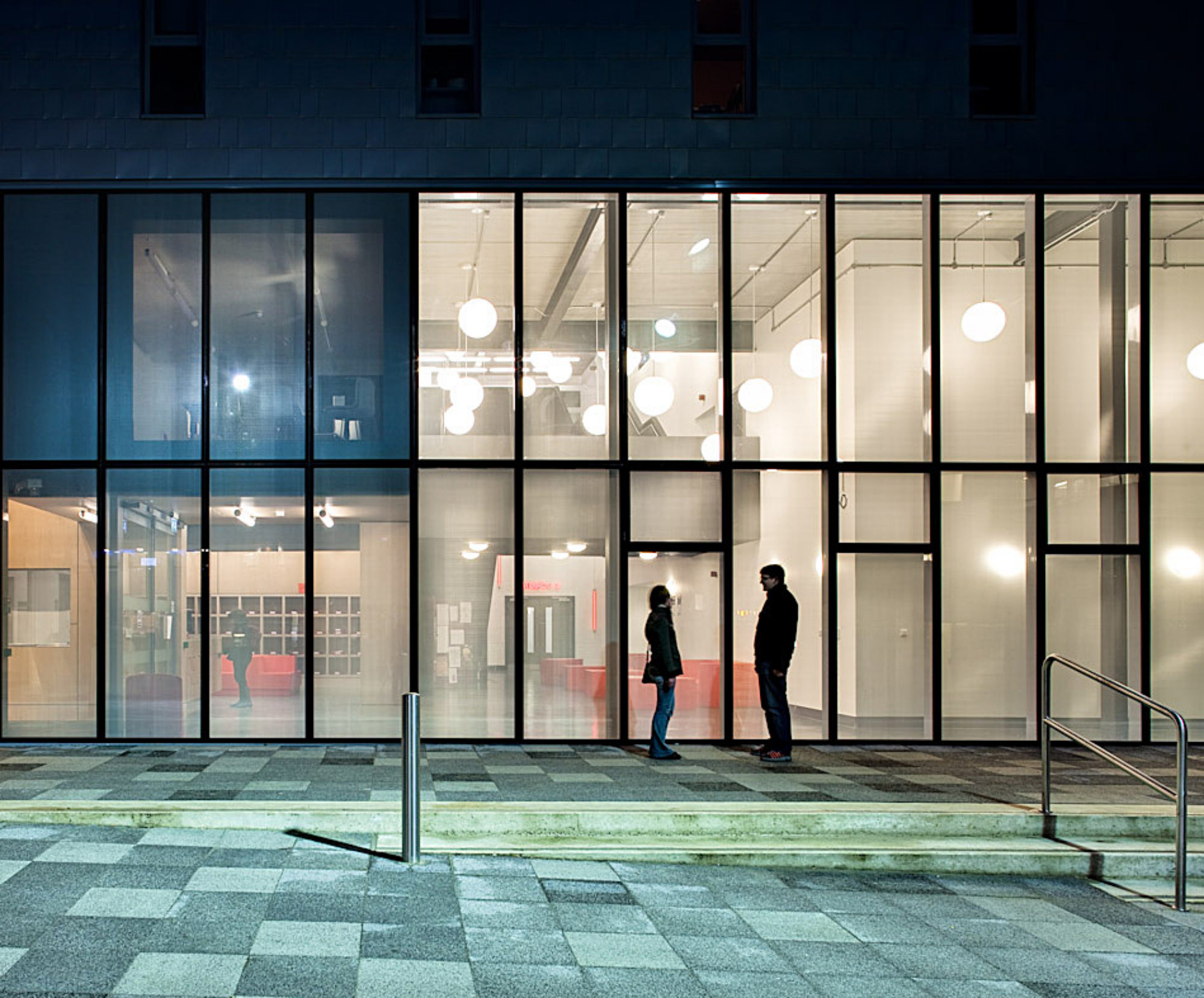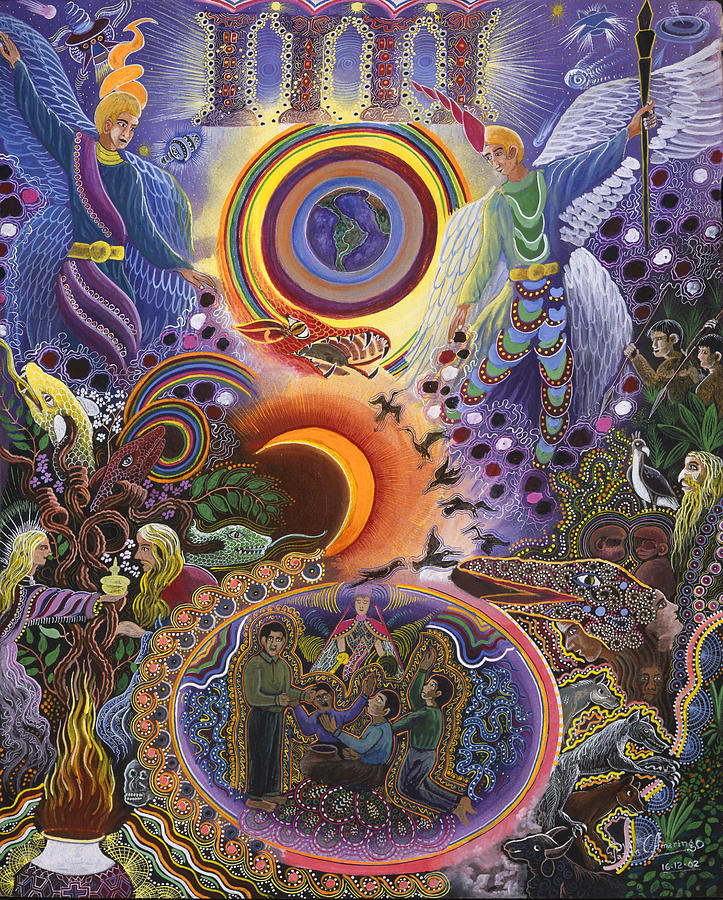22nd Feb 2023
Sonia Sedivy, University of Toronto
Aesthetic properties are pervasive in our lives and come up often in our conversations, yet theoretical disagreement prevails over their nature, their variety, their epistemic and metaphysical standing. This paper argues that aesthetic properties are highly heterogenous and that at least some are historical. I examine some consequences.
Recent developments in aesthetics of the environment and of the everyday – along with the recent emphasis on taking a global perspective – suggest that aesthetic properties are much more heterogenous than we had previously recognized. Aesthetic properties belong to artworks in any medium, to natural objects or scenes, and to artefacts across historical eras; and they draw a wide variety of responses such as our perceptions and emotions.
Historicism about artworks carries over to aesthetic properties: aesthetic properties depend on facts of their broader historical context just as works do. I will argue that open-ended heterogeneity and historical specificity leave us without a way to draw a distinction between aesthetic and non-aesthetic properties.
This distinction has been standardly assumed in aesthetics since Frank Sibley’s landmark work in the 1960s. If we lack principles that demarcate aesthetic from non-aesthetic properties, this affects how we can hope to explain aesthetic properties. I argue against supervenience theories that explain aesthetic properties in terms of their dependence on non-aesthetic properties. Rather, we need to explain aesthetic properties in ways that appeal to other aesthetic phenomena such as aesthetic value or aesthetic responses. The paper sketches several theories of aesthetic value to show how they can provide explanations of aesthetic properties.
Teams link here.

